The Signs of Heart Disease and Differences
What is heart disease?
Cardiovascular disease or heart disease is a broad term that refers to several different types of issues an individual may have with their heart. A heart attack occurs when the blood flow to a part of the heart is blocked by a blood clot. Heart failure occurs when the heart isn’t pumping blood as well as it should. Arrhythmia is an abnormal rhythm of the heart. Stenosis occurs when heart valves don’t open enough to allow the blood to flow through as it should.
The first symptoms of undiagnosed coronary disease is sudden death in almost one-third of patients with the disease. The sudden death is the result of a heart attack that causes a lethal heart rhythm abnormality, known as ventricular fibrillation.
How significant is the problem of heart disease in America?
Most people have some risk of heart disease: It is the leading cause of death in the United States. More than 800,000 people die of cardiovascular disease each year – that’s one in every three deaths, and about 160,000 of them occur in people under age 65. Heart disease kills roughly the same number of people in the United States each year as cancer, lower respiratory disease and accidents combined.
We hear the terms “heart attack” and “cardiac arrest” often, and many people use them interchangeably, but in fact they are two different conditions. Can you explain?
A heart attack is the result of a sudden occlusion of a coronary artery by a blood clot. This actually is caused when the cholesterol plaque breaks and precipitates the formation of a blood clot.
“Cardiac arrest” is the term used to describe when the heart no longer pumps blood effectively and thus there is no blood pressure. Most common cause of this is ventricular fibrillation. This rhythm is most often associated with a heart attack.
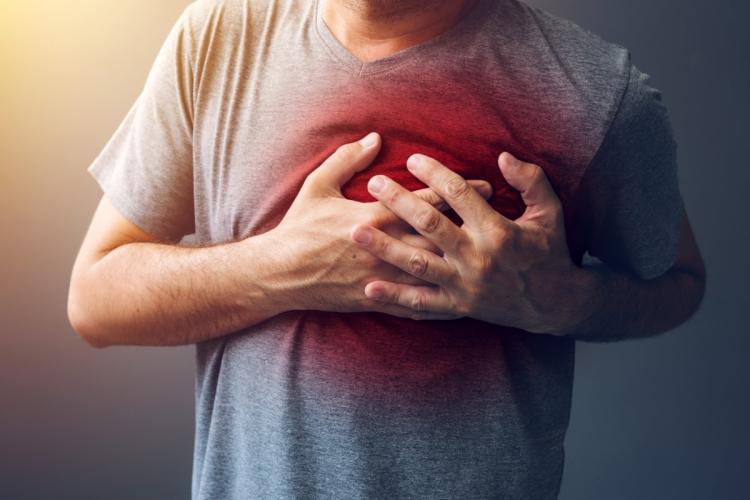

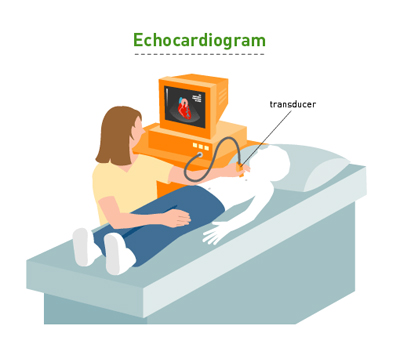
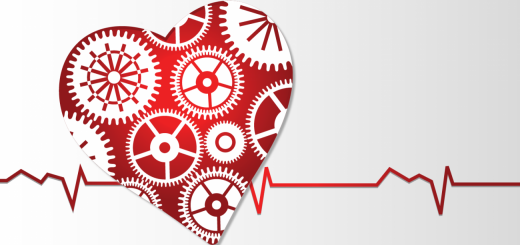
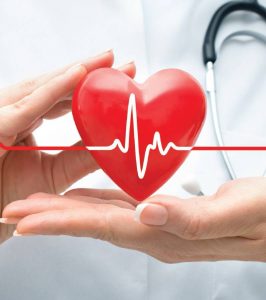
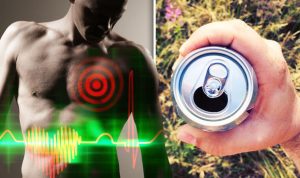
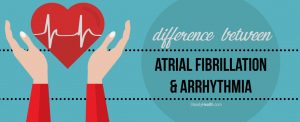
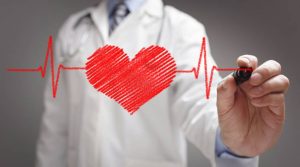
Recent Comments